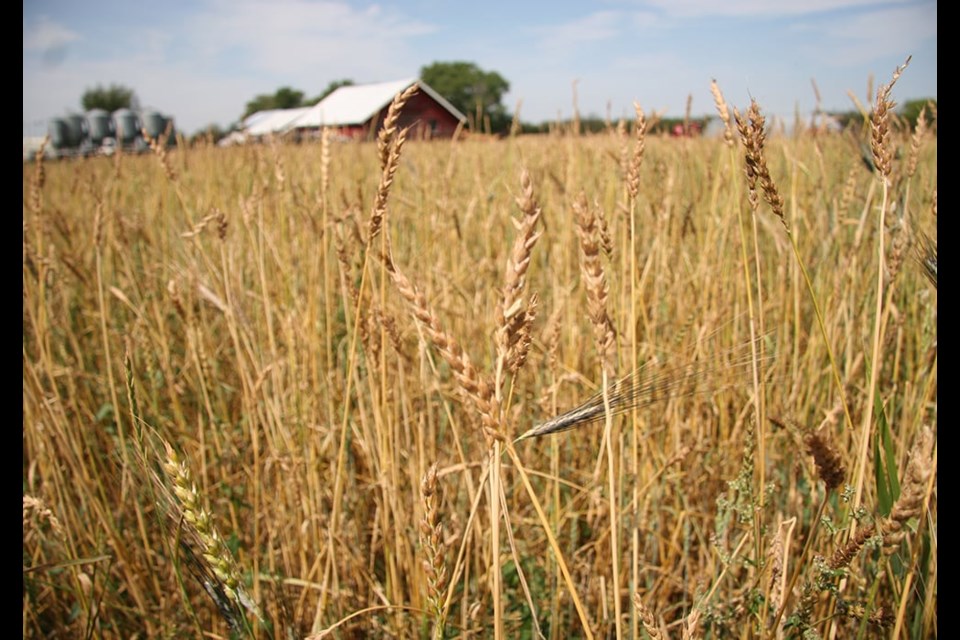WESTERN PRODUCER — More research is needed on closing the yield gap between conventional and organic agriculture, says a U.S. researcher.
Houston Wilson, director of the University of California’s Organic Agriculture Institute, has conducted a meta-analysis of hundreds of studies on dozens of organic crops.
The conclusion is that organic yields are about 20 percent lower than conventional yields.
The yield gap varies by crop. For instance, it is larger with cereals and root crops and smaller with pulses and oilseeds.
Cropping systems based on fodder crops, legumes and perennials that use higher nitrogen inputs, more rotations and neutral soils fare better than those based on cereal crops, non-legumes and annuals that use lower nitrogen inputs, have no rotation and grow in strong acidic and alkaline soils.
Wilson believes part of the yield problem is that farmers who transition to organics tend to bring along a conventional mindset to farming.
They take an “input substitution” approach, swapping compost for synthetic nitrogen fertilizer and pyrethin insecticides for phrethoid insecticides.
“Unfortunately, a lot of these products don’t work the same. They’re not as effective,” Wilson told delegates attending the U.S. Department of Agriculture’s Annual Agricultural Outlook Forum.
“If you take this approach, you will have a lot of trouble with your organic production.”
After three or four years of toiling away with the input substitution approach, farmers typically figure out they need a complete reset.
They start to understand the benefits of crop rotations, cover crops, habitat diversification and biological controls. Most of it is stuff you don’t buy at the store, said Wilson.
He believes the other main reason for the yield gap is that conventional agriculture is benefitting from billions of dollars spent on decades of research.
Meanwhile, been precious little has been spent on organic agriculture by comparison.
He acknowledged that the USDA’S Organic Research and Extension Initiative is a major step forward, but there needs to be more work at the state level.
Wilson would like to see research on crop rotations, polycultures and breeding crops that are better suited for organic production.
He applauded the USDA for launching its new $300 million to help new growers overcome obstacles in making the transition from conventional to organic agriculture.
Contact [email protected]


